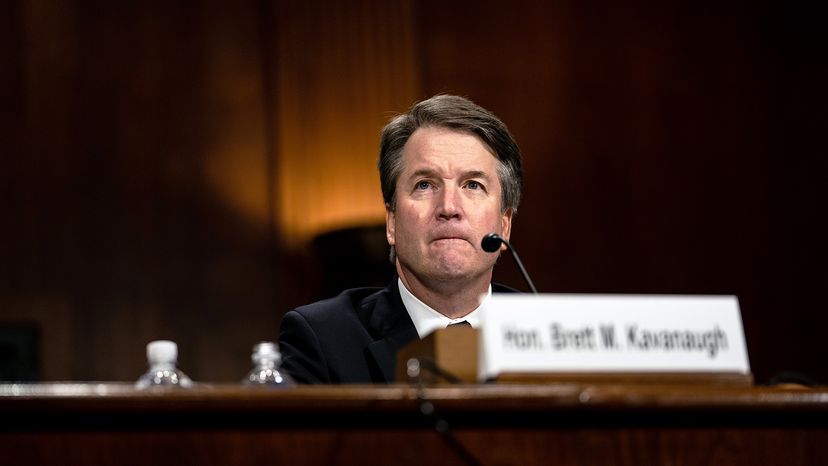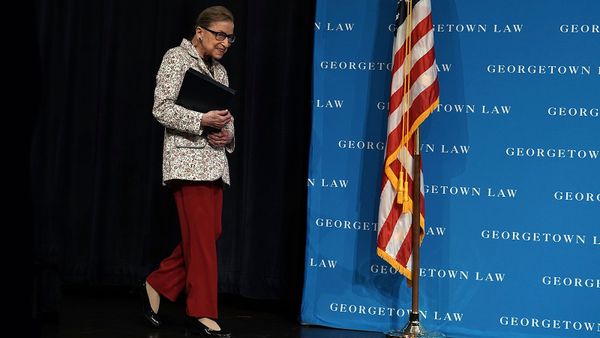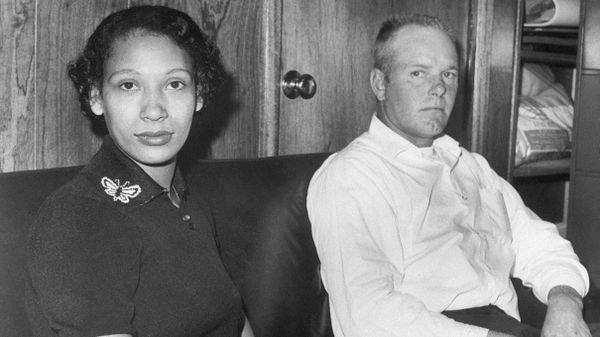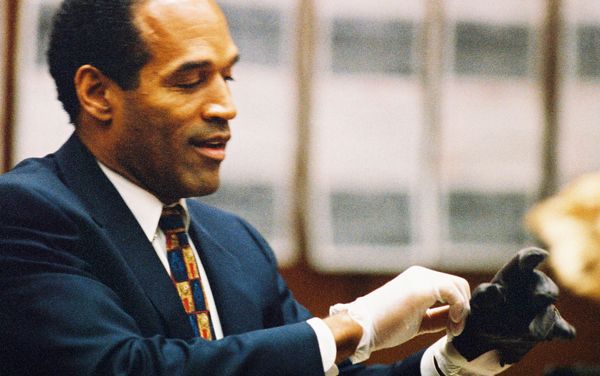But if you're not a history or constitutional law expert, at this point you might be wondering: Can a Supreme Court justice really be impeached? Does it work like a presidential impeachment? And has it ever actually happened before?
The answer to all three questions is yes. Article II Section 4 of the U.S. Constitution provides that the president, vice president and all "civil officers" — such as federal judges and Supreme Court justices — can be impeached, tried and removed from office for treason, bribery or other unspecified high crimes and misdemeanors.
But the impeachment clause has only been used once against a Supreme Court justice, and that was more than two centuries ago. As an account from the U.S. Senate Historical Office details, Justice Samuel Chase, an appointee of George Washington, was a staunch federalist with a brash manner who made no secret of his political views, even after President Thomas Jefferson's Democratic-Republican Party took control of Congress in 1801. At Jefferson's urging, the House voted 73-32 to impeach Chase.
The eight counts accused Chase — who like other justices of that time, also doubled as a circuit judge and sometimes presided over grand jury deliberations — of refusing to dismiss biased jurors, excluding defense witnesses in politically sensitive cases, and giving "an inflammatory political harangue" to a federal grand jury in Baltimore. In February 1805, Chase went on trial in the Senate, where his attorneys argued that his conduct didn't justify removal from the bench.
"Chase and his defenders (the Federalists in the Senate) argued that (1) Chase had broken no laws (on the theory, totally incorrect but always tried by impeached officials, that only an indictable crime was impeachable); and more important (2) that the accusations against Chase really came down to his professional opinions about the role of the judge in the courtroom, and his decisions during particular trials," Randall Calvert, the Thomas F. Eagleton Professor of Public Affairs and Political Science at Washington University in St. Louis, writes in an email.
"Many of Chase's actions and decisions would be beyond the pale today, but were not so unusual in their day," Calvert says. "In particular, many Federalist politicians thought one duty of the judge was to guide the people and protect the Constitution from their mistakes and excesses. While controversial, then, his actions were not widely regarded as being as absurd as they would seem today, when the judge is expected to be a much more neutral figure in the courtroom."
In March of 1805, Chase was acquitted, when none of the eight counts got the required two-thirds support in the Senate.



